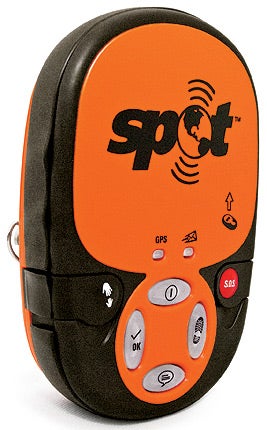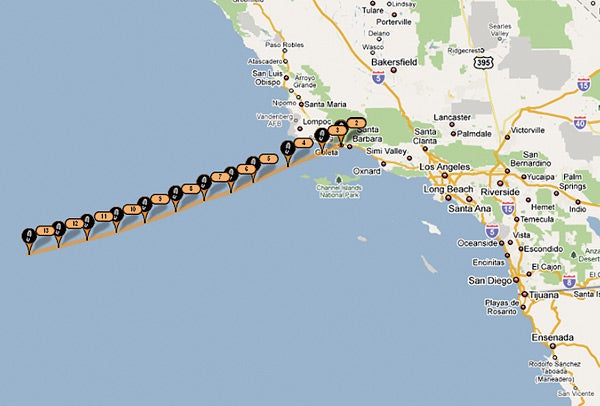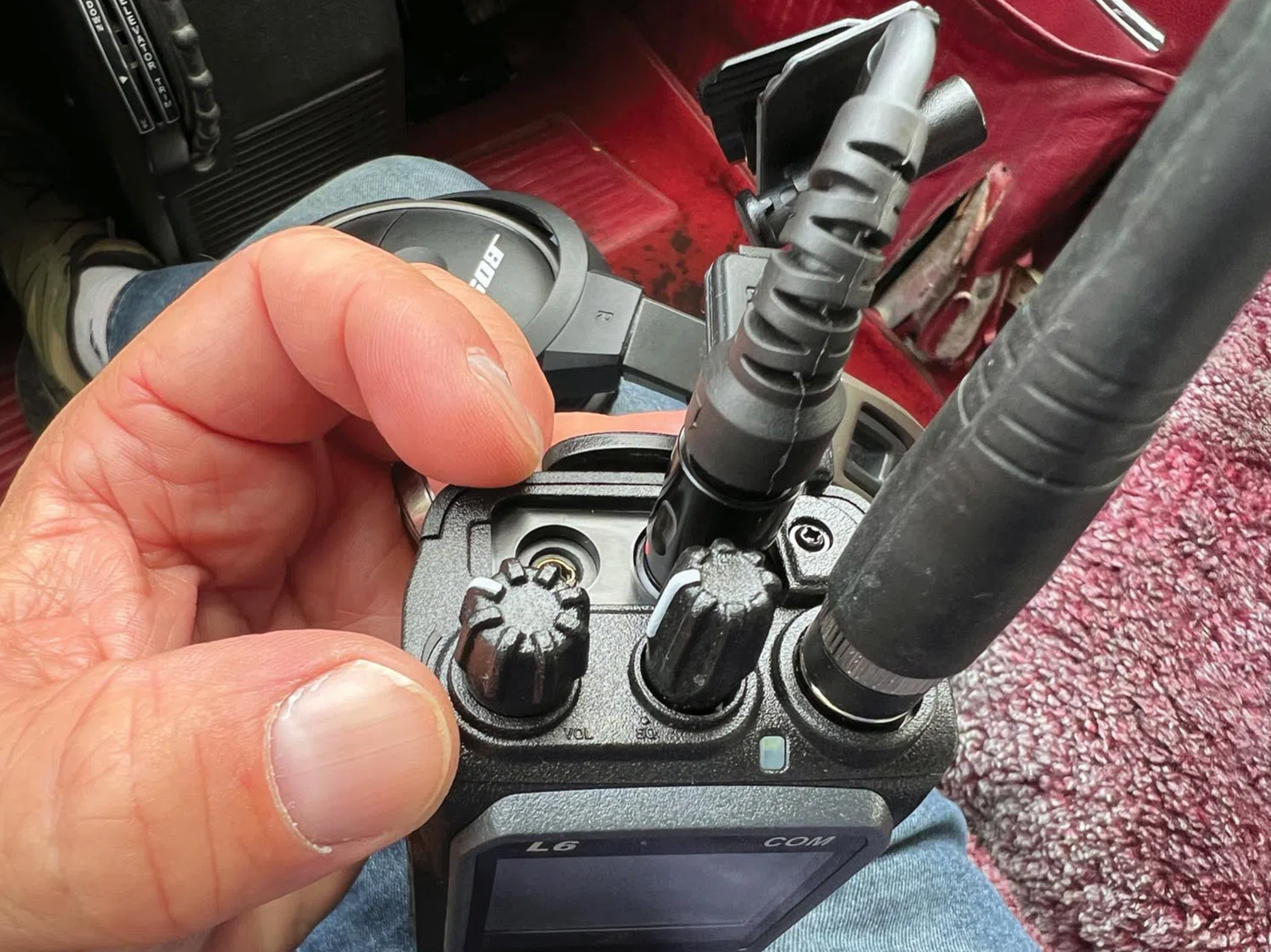 On long cross-country flights, I always bring my Spot Personal Tracker along. My single-seat, experimental Edge 540 doesn't even have an ELT, and when I cruise over uninhabited, desolate areas, I'm comforted by the knowledge that if something does go wrong, somebody will know how and where to find me. As an aviator, my safety is enhanced by the technology and services provided by Spot.
On long cross-country flights, I always bring my Spot Personal Tracker along. My single-seat, experimental Edge 540 doesn't even have an ELT, and when I cruise over uninhabited, desolate areas, I'm comforted by the knowledge that if something does go wrong, somebody will know how and where to find me. As an aviator, my safety is enhanced by the technology and services provided by Spot.
The next-generation Spot---the Spot Satellite GPS Messenger---uses GPS to determine its location, and utilizes the Globalstar low-earth-orbiting satellite constellation to send the information back to family, friends and, if necessary, emergency-assistance providers. You can transmit four types of messages: "Check-in/OK" tells friends and family via text or e-mail that all is well; "Help" requests assistance in a non-life-threatening emergency; "SOS/911" indicates a real emergency and notifies the GEOS International Command and Control Center; and "Custom" allows you to send a preprogrammed personalized text, such as "I am at a fuel stop," to friends and family. A tracking mode will broadcast your update at 10-minute intervals on a Spot-hosted web page that features a selection of Google Map displays to show satellite image, terrain or hybrid views. This allows others to follow your journey in real time, which can be entertaining for friends and family. Still, the fundamental utility provided by Spot is as a safety tool---it could very well save your life.
Recently, Senior Editor Bill Cox brought his Spot as he crossed the Pacific Ocean from California to Korea on a ferry flight in a Cessna Caravan: "On my 7,800 nm Pacific crossing, my Spot unit proved an invaluable, yet totally passive, safety device. I simply activated the unit at the beginning of each leg, placed it on the glareshield and ignored it for the rest of the trip."
So far, the Spot messenger system has initiated over 250 rescues. Because Spot works completely by satellite communications, it's reliable almost everywhere in the world, well beyond the capabilities of such ground-based technologies as mobile phones.
The new Spot offers improved GPS performance; it's also smaller, more capable and easier to use than the previous Spot Personal Tracker. The dimensions of the 2.6x3.7x1-inch Spot GPS Messenger make for a 30% reduction in size from the previous iteration; it weighs just over five ounces. The unit is powered by three AAA lithium batteries, which should provide tracking for about five full days. If you send out an SOS/911 or a Help message, however, the device should work for about three days before you'll need a spare set of batteries.
The majority of complaints about the original Spot device pertained to user interface. The new device now has separate buttons for each operation, making it more user friendly. My favorite improvement has been the addition of covers over the Help and SOS/911 buttons, so I don't have to worry about accidentally initiating a rescue I don't need. Another much-needed improvement to the Spot system is that you now have the ability to cancel an SOS/911 message in the unlikely event that you do inadvertently declare an emergency.
The new Spot also has many technical improvements, such as better "bread crumbs" when in tracking mode. It now always sends coordinates for the last three locations when communicating with the Globalstar satellites, which will fill in almost all of the gaps for anyone following along on the Internet. It also has a superior GPS antenna to provide excellent accuracy for location information. Lights for GPS and "Message Sent" give information about signal reliability and system activity. Additionally, the new Spot will wait until it acquires a GPS signal before sending out a tracking or an OK message. Lights on the unit also will flash to tell you that the batteries are getting low and may need to be replaced.
 Spot tracks Senior Editor Bill Cox in real time as he commences his 7,800 nm journey over the Pacific Ocean from Southern California to Seoul, Korea. |
One improvement I'd like to see is a display of my GPS position, in case I need to walk out of the woods after an off-field landing, for example. I'd also like to use the mobile browser on my cell phone to track friends. (Note: Spot and third-party application partners currently have a mobile website under development, as well as apps for the BlackBerry and iPhone that should be rolled out by the time you read this.)
A website developed by Spot, www.spotadventures.com, allows users to blog about their travels; it also links geo-tagged photos with locations from their route. Each Spot adventure can be saved and logged in an online adventure diary, and friends can add their comments. Spot Adventures also integrates with social networking websites such as Facebook, Twitter, Flickr and Digg. This air show season, I'll create an adventure for each of the shows in which I fly.
A Spot and spare lithium AAA batteries should be an essential part of every pilot's survival gear. The unit is priced at $150 and the basic service is $99 per year. Add tracking progress service for $49 per year and GEOS emergency-assistance insurance for $7 per year. My Spot subscriptions add up to a little under $3 weekly, and I consider it to be one of the best bargains in aviation. Visit www.findmespot.com.

Subscribe to Our Newsletter
Get the latest Plane & Pilot Magazine stories delivered directly to your inbox





